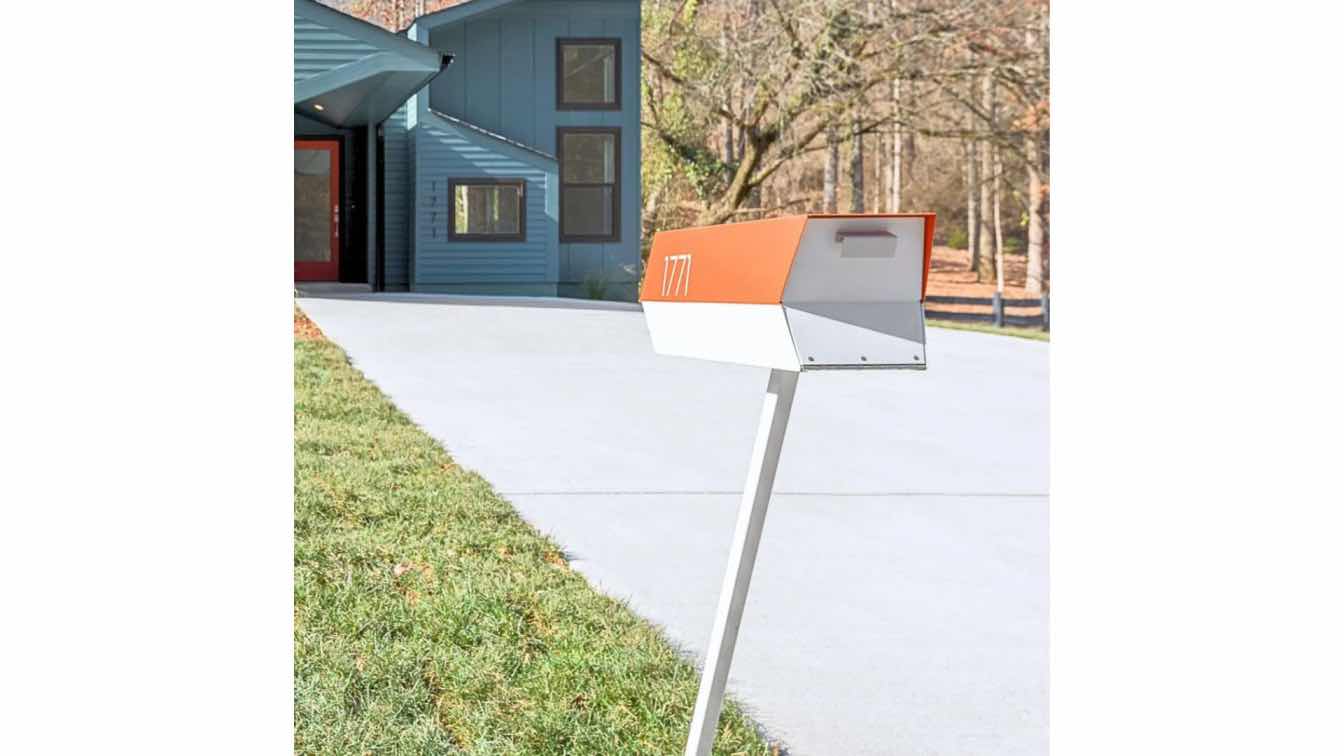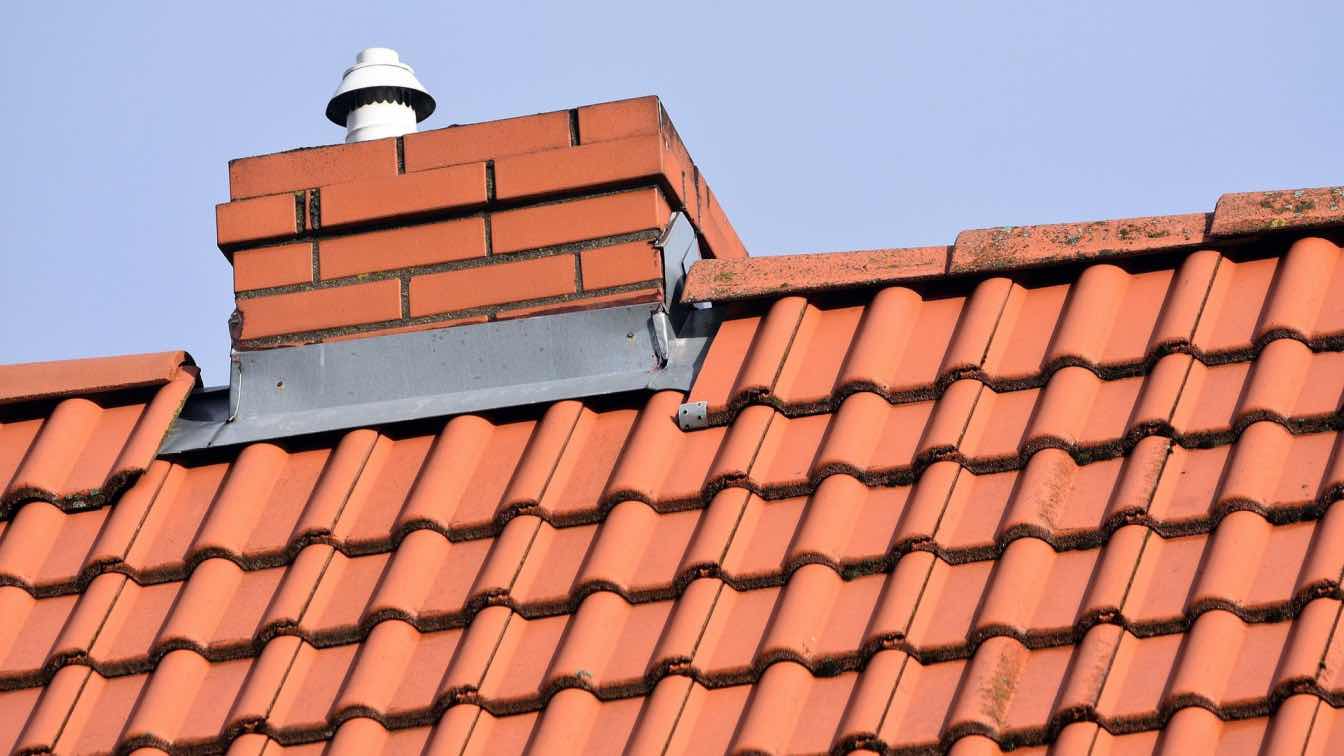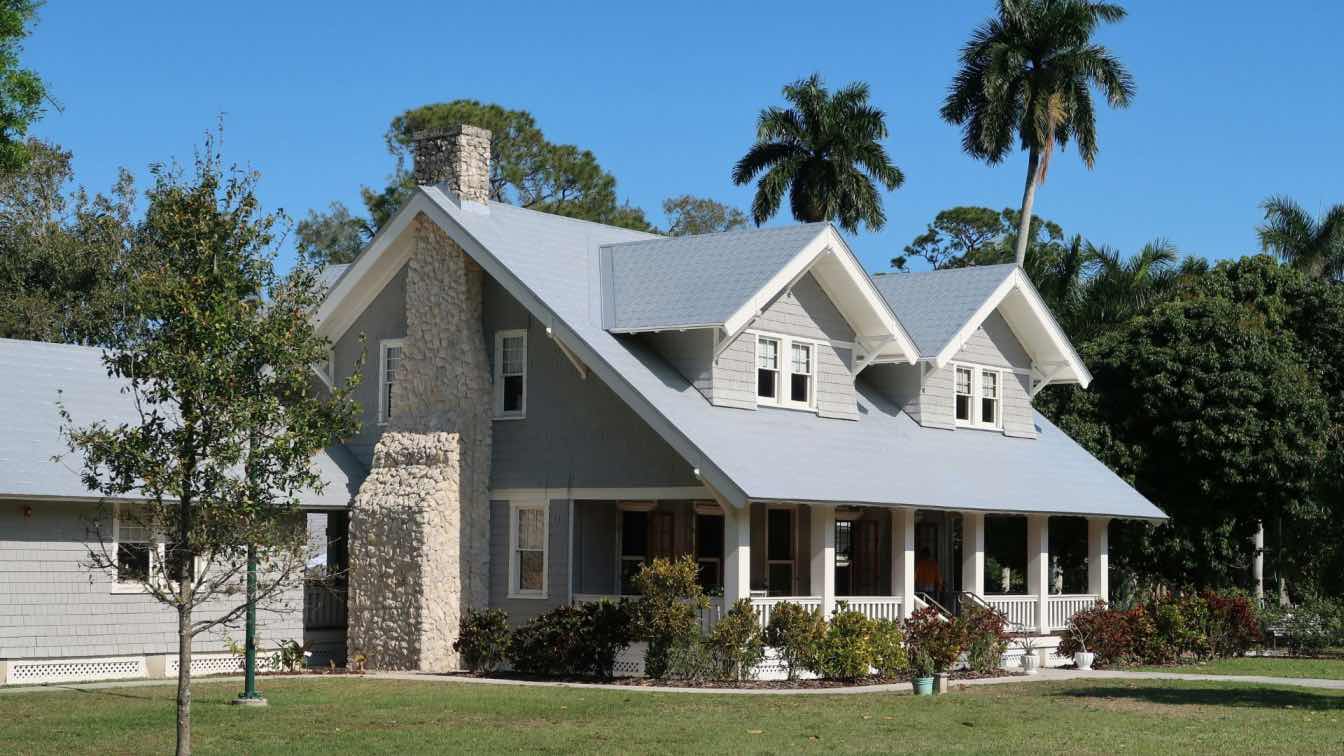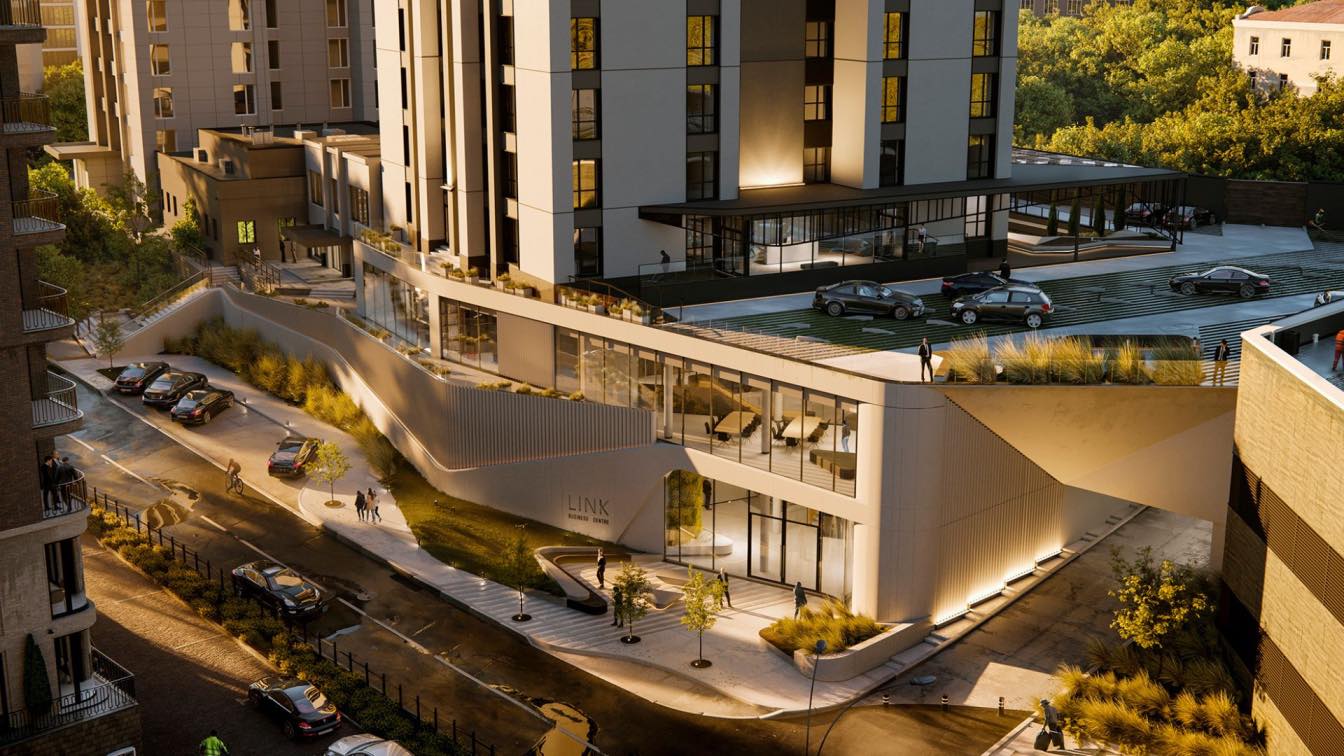In residential design, the mailbox is often overlooked—yet it’s one of the first details visitors and passersby encounter. For architect-designed homes, especially those with a modern aesthetic, selecting the right mailbox becomes a crucial part of maintaining visual harmony and design integrity. A mailbox should complement the home's architecture, enhance curb appeal, and serve its functional purpose without disrupting the overall aesthetic.
Here’s how to ensure your mailbox aligns perfectly with your architect-designed modern home.
1. Understand the Home’s Architectural Language
Every modern home carries its own architectural identity—whether it leans minimalist, industrial, mid-century, or Scandinavian. Before selecting a mailbox, take a step back and identify the home’s dominant features. Is it defined by clean lines, large glass panels, exposed materials, or asymmetrical forms? Does it emphasize simplicity, balance, and function?
The mailbox you choose should echo those same principles. For instance, a sleek stainless-steel mailbox works well with industrial-style homes, while a minimalist matte black or white model may suit a clean-lined contemporary design.
2. Material Matters
Architect-designed homes often use a deliberate mix of high-quality materials—concrete, wood, metal, and glass—to create texture and contrast. Your mailbox should reflect that material palette to maintain consistency.
Metal (stainless steel, powder-coated aluminum, or corten steel): Ideal for durability and clean aesthetics. These materials work especially well with modern homes emphasizing industrial or minimalist styles.
Wood: If your home incorporates natural wood siding or accents, consider a mailbox with wood elements like teak or cedar to tie the materials together.
Concrete or stone: For homes with brutalist or organic modern design, custom-built mailbox columns or structures in concrete or natural stone can blend seamlessly into the environment.
Always choose materials that are weather-resistant and low-maintenance, especially for outdoor exposure.
3. Form Follows Function
One of the core tenets of modern architecture is that form follows function—and this applies equally to the mailbox. Choose a design that isn’t just visually appealing, but also practical in everyday use.
Look for:
Easy-access openings for both mail carriers and homeowners.
Locking mechanisms for security, especially in urban areas.
Adequate capacity for packages, if needed.
Mounting options (wall-mounted, post-mounted, or freestanding) that make sense for your home's layout and front yard design.
The best mailbox is one that serves its purpose efficiently while remaining visually unobtrusive.
4. Minimalism Is Key
Modern homes are often defined by simplicity and a lack of ornamentation. When selecting a mailbox, less is more. Avoid overly decorative models, complex scrollwork, or retro elements that may clash with the streamlined nature of the home.
Instead, look for geometric shapes, solid colors, and crisp finishes. Matte black, brushed aluminum, charcoal gray, and pure white are popular choices that exude understated sophistication.
Custom or bespoke options can also be designed to mirror the lines and angles of your home, creating a seamless visual connection between mailbox and façade.
5. Integrate the Mailbox into the Landscape Design
Your mailbox shouldn't feel like an afterthought placed by the curb. Instead, integrate it thoughtfully into your landscape design. Position it along a defined walkway, align it with architectural sightlines, or nestle it into a modern garden bed using gravel, ornamental grasses, or concrete planters.
Lighting also plays a key role. Low-voltage LED lighting can highlight the mailbox after dark and provide both practical illumination and an elevated design touch.
6. Personalization and Address Display
Displaying the house number clearly and elegantly is both a design and functional necessity. Consider laser-cut numbers, backlit LED numbers, or high-contrast typography that matches the home’s font and signage style.
If personalization is important, many modern mailbox manufacturers offer custom engraving, colors, or design tweaks that still respect the principles of modern architecture.
Conclusion
In an architect-designed home, every detail contributes to the overall aesthetic—right down to the mailbox. By choosing a modern mailbox that respects the home’s material palette, structural lines, and design philosophy, homeowners can reinforce the architectural statement their house makes.
A mailbox may be small, but with the right selection, it becomes a subtle yet powerful extension of the home’s identity.





